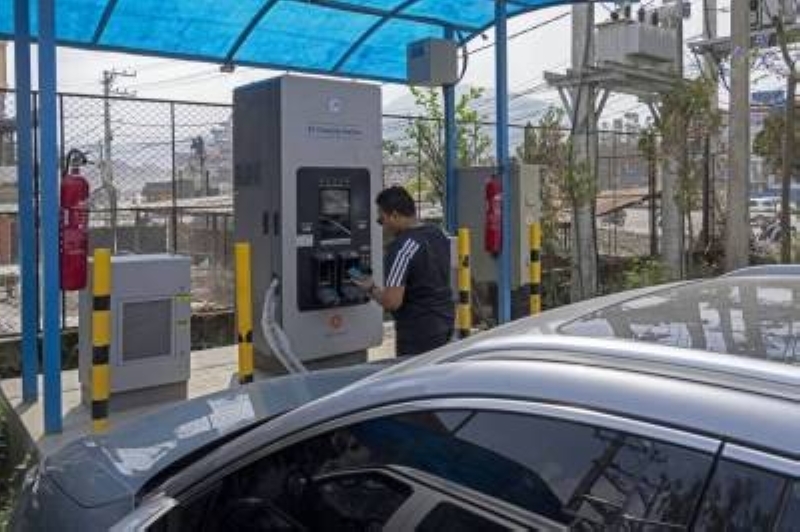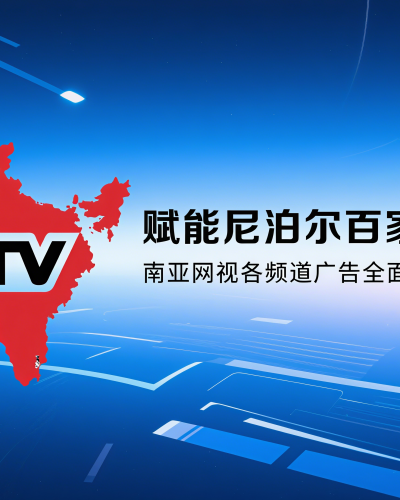
SATV 13 May, Kathmandu: This week, the Government of Nepal will be calling for global climate leadership to save its glaciers, and with them, its economic future.
Nepal's contributions to global emissions remain fractional when compared to those of other global economies, and it is right to call for global action to prevent ever more catastrophic impacts of temperature rise. As last year's floods in Kathmandu and in Thame reinforced, Nepal and our people already find ourselves on the frontline. Nepal's leadership on this issue, therefore, has never been more urgent.
But as we ready ourselves to urge global action at the Sambaad, there now exists another opportunity for Nepal to lead the world – and to potentially serve as a case study in the green transition – and that is on our roads.
Nepal's transport emissions are significant, and, despite a boom in electric vehicles, they are accelerating: constituting 38 per cent of total economy-wide carbon emissions.
The reasons for us to grip this issue are multiple. Firstly, those all-important frozen water supplies that next week's Sagarmatha Sambaad seeks to save. Exhaust fumes from trucks, buses and private vehicles are contributing to the accelerated melting of our glaciers and snowpack both in the short and long term.
In the short term, the soot, or 'black carbon', from various sources including the transport sector travels long distances, coming to settle on mountain cryosphere – leaving black deposits which stop our mountains' snow and ice from reflecting the sun's rays back. In the long term, carbon dioxide, meanwhile, locks in temperature rise that will continue to melt our glaciers and snowpack for decades to come.
Closer to home, vehicular emissions are a significant contributor to the severe air pollution levels seen in urban centres across Nepal.
The signs are that the people of Nepal, in common with cities and countries around the world, are inching towards consigning the combustion engine to the dustbin of history - and they are voting with their wallets. Where globally, EVs represent almost 30 per cent of new passenger and light vehicle sales, 70 per cent of new passenger vehicle imports in 2024 to Nepal were electric. Land borders with major EV manufacturers and battery innovators, both India and China, have, of course, played a significant role in the rise of the EV on Nepal's roads.
But so too have far-sighted governmental policies and investments that have driven adoption. Import duties have been a key lever here: with taxes on EVs coming in at as little as 15 per cent versus the standard 80 per cent duty on a combustion vehicle. Banks, too, have favoured those buying EVs, shouldering up to 80 per cent of up-front costs, versus 50 per cent for combustion vehicles. Reduced road taxes and lower operating costs – on maintenance and fuel – have also helped to fuel a buoyant consumer market. Without action, however, the EV frenzy may be stuttering to a stop, or worse, move into reverse.
New monetary policy means banks will now cap finance for EVs at 60 per cent. Some owners are finding that the nascent industry's lax import market regulation, meanwhile, is allowing importers to bring in and sell vehicles without appropriate warranty mandates and fairly basic accountability measures: leaving them with vehicles made by manufacturers without long-term service network maintenance commitments in the country, or assured access to spare parts. This is exposing buyers to potential support gaps or uncertainty should a car break down, as well as questions around resale value, given that EVs face unique valuation challenges. This issue is compounded by a lack of skilled EV mechanics in the country.
Parts such as batteries, meanwhile, have not been exempted from Nepal's standard import taxes, making upkeep costly. The national network of charging stations, while growing, is failing to keep pace with demand. More worrying is vacillations in national policy vis-a-vis EVs. The customs duty on100kW vehicles have been doubled in the last two fiscal years, and a 15 per cent excise tax has been added.
Nepal's national climate commitment, required under UN processes, requires 90 per cent of private vehicles, including two-wheelers, and 60 per cent of public four-wheelers to be electric by 2030. These ambitious targets are laudable. But to stand any hope of attaining these, those targets need to be supported with policy and action.
With transport being one of our biggest emitting sectors, turbo-charging the EV revolution is where our climate policies must focus.
With world leaders about to gather in Kathmandu for the Sagarmatha Sambaad, what's needed now is decisive action to support the ongoing EV boom – especially in providing businesses and investors with the policy support certainty they need to continue to build Nepal's EV market.
If coupled with stricter market regulations, an expansion of charging infrastructure, grid infrastructure, training programmes to build a skilled EV maintenance workforce and battery re-cycling facilities, this policy certainty will help Nepal meet its emissions goals.
It's important that taxation and incentive policies adopt a long-term, predictable framework. This should include pre-announced, phased adjustments tied to EV adoption targets, a commitment to maintain policy stability for a fixed period, of no less than three years, without disruptive mid-term changes, and regular reviews based on emission goals and technological progress.
The global transition to clean energy and clean transport is irreversible – but, as Nepal knows all too acutely, given its climate vulnerability, it needs to speed up. That, even as a small economy, Nepal has come so far so quickly in adopting this industry of the future should be the source of significant pride among policymakers.
Malla is with ICIMOD



















